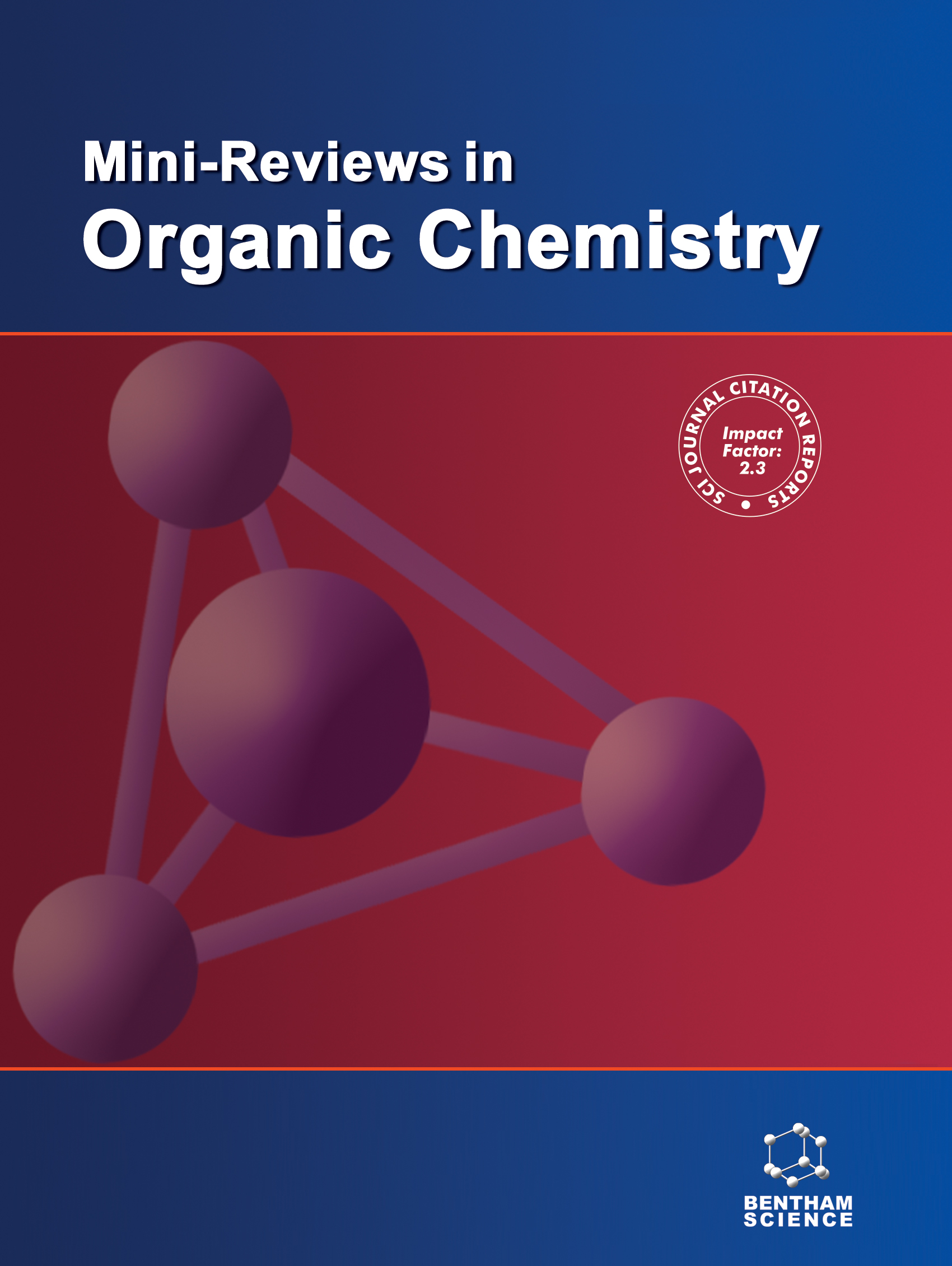-
s Some Recent Topics in Cigarette Smoke Science
- Source: Mini-Reviews in Organic Chemistry, Volume 8, Issue 4, Nov 2011, p. 349 - 359
-
- 01 Nov 2011
Abstract
This short review summarises some fundamental aspects of cigarette combustion and smoke formation, including how cigarettes burn, how cigarette smoke is formed and the complex and reactive nature of it's composition. Particular emphasis has been placed on important factors which have to be controlled when generating, trapping and analyzing cigarette smoke. Examples are provided which demonstrate the sensitivity of cigarette smoke composition to the way it is produced and measured, a subject of particular importance for redox sensitive species such as free radicals and multiple valency-state metals. Recent regulatory interest in smoke constituent yields is summarized, as well as risk assessment approaches which have sought to identify the smoke constituents which make the greatest contribution to smoking related diseases. Limitations of these approaches are discussed, and a number of other aspects of cigarette smoke that have been suggested to contribute to the incidence of smoking related diseases are highlighted.


